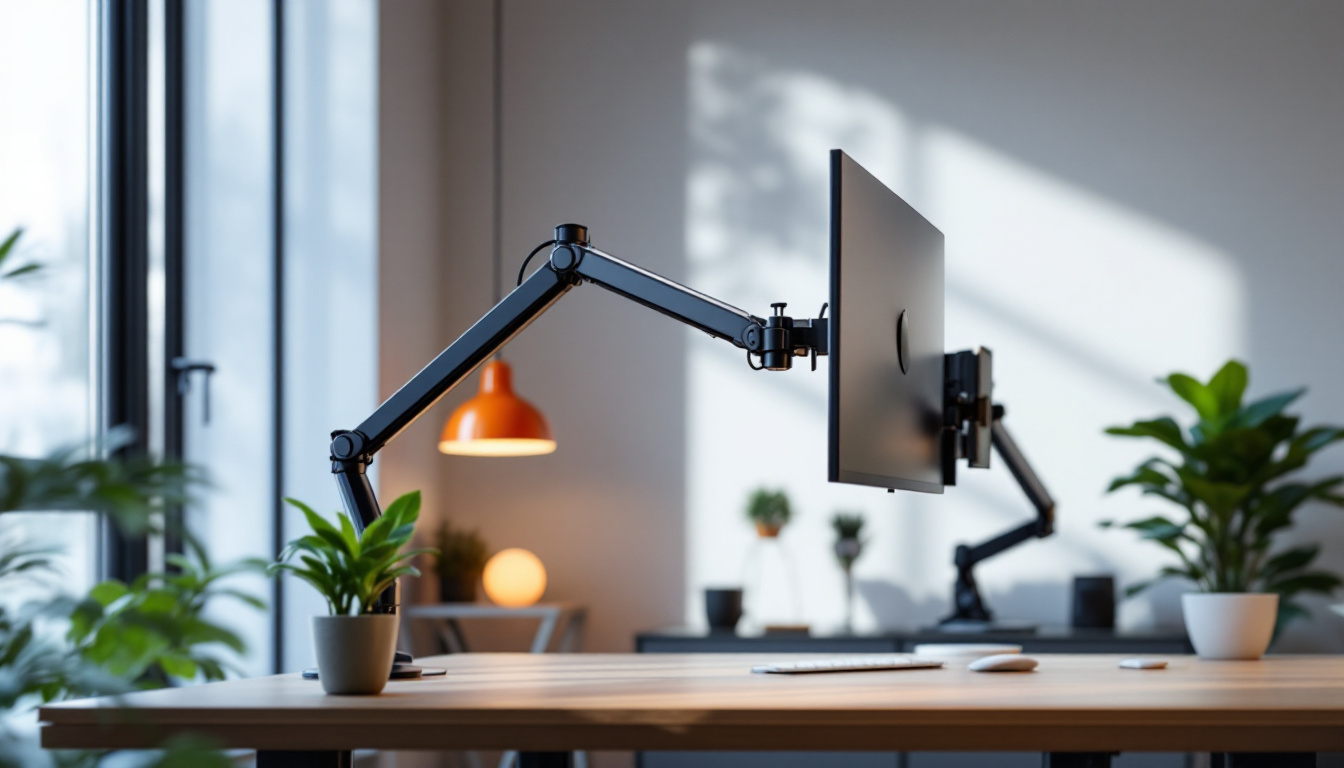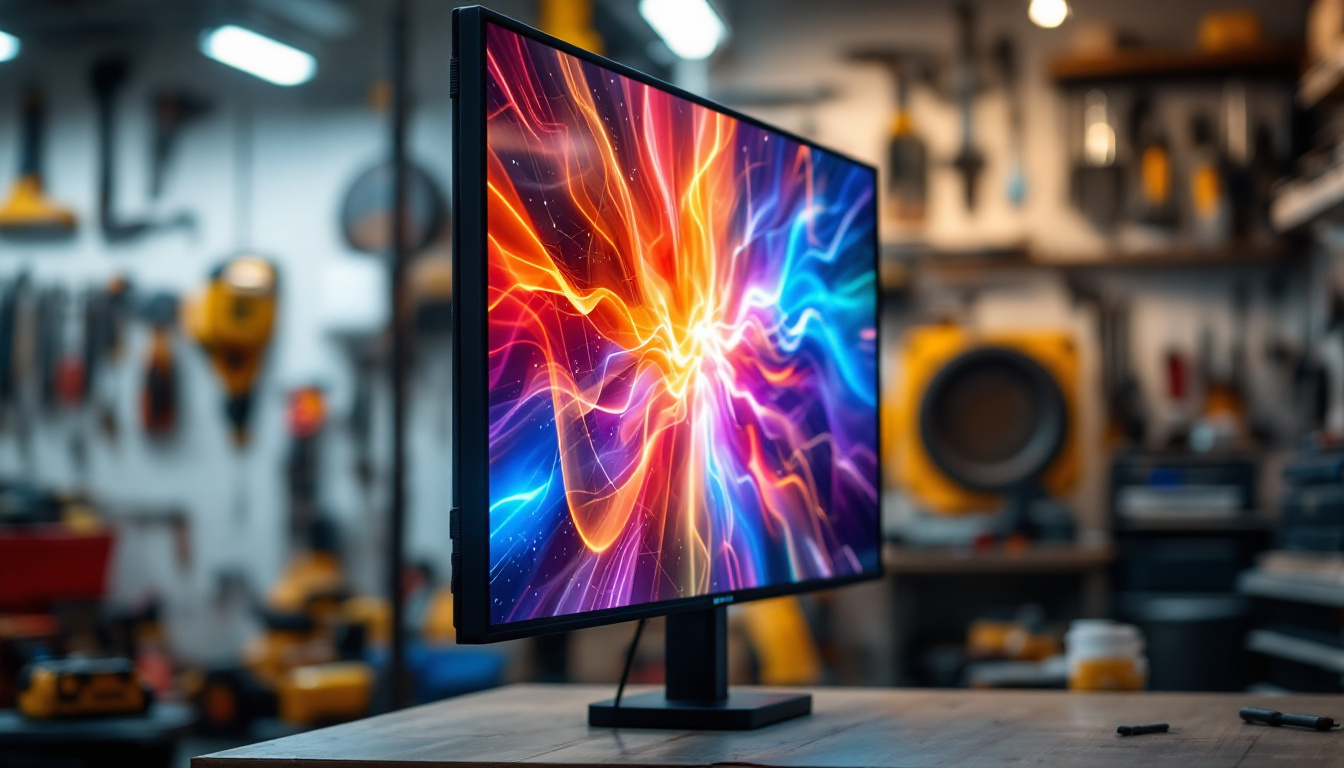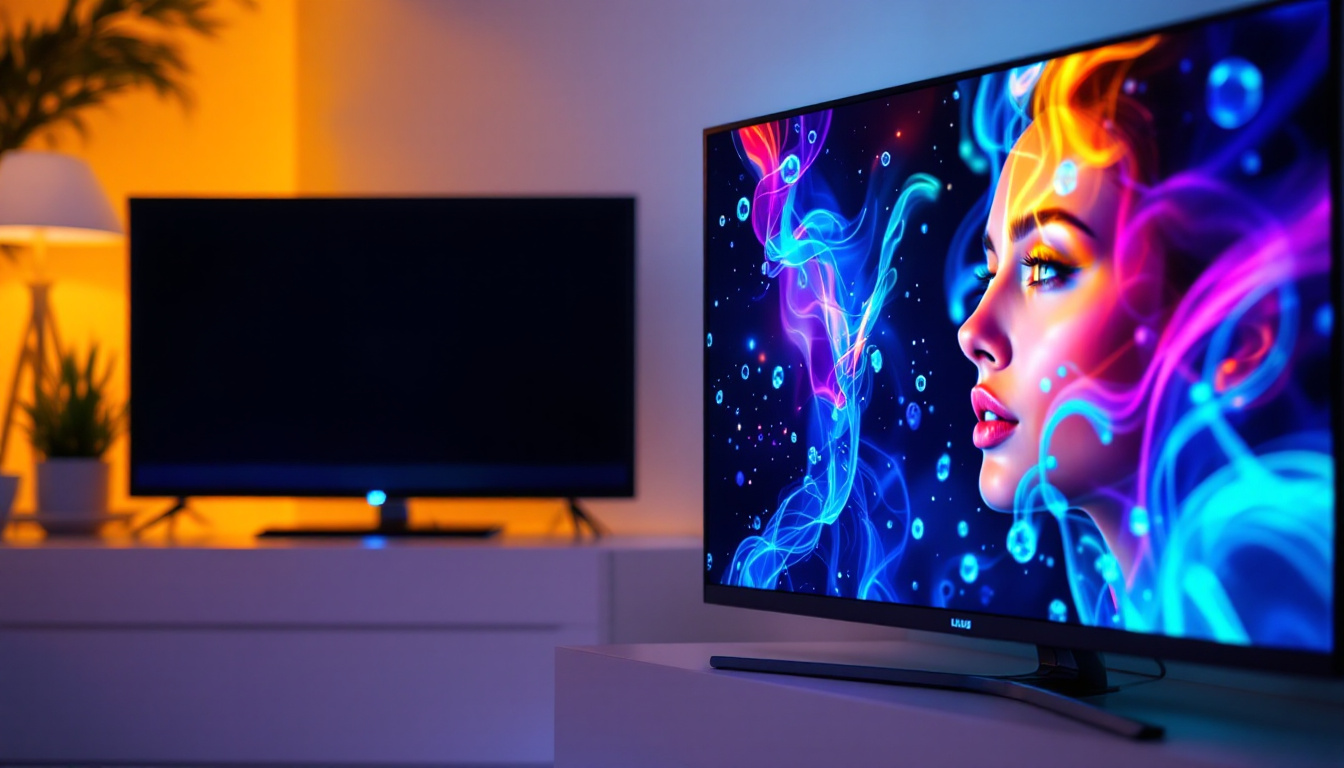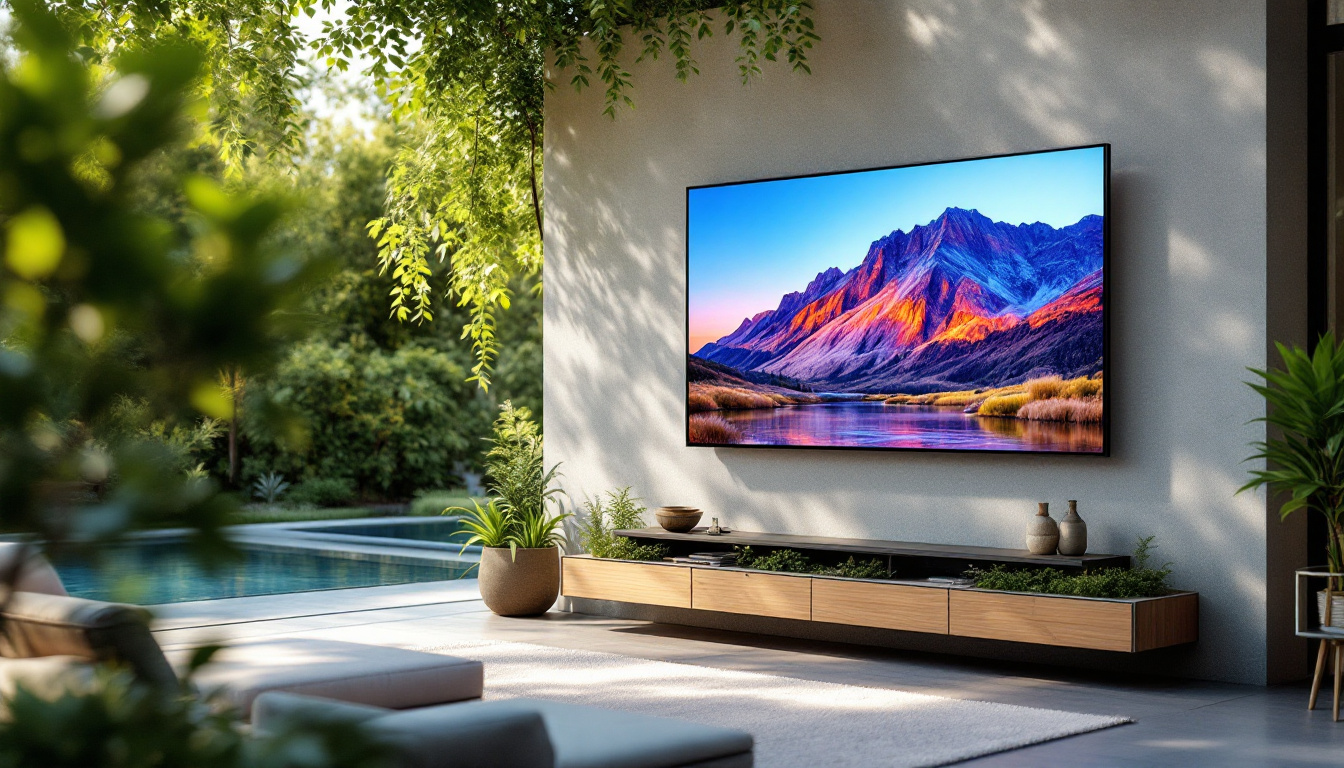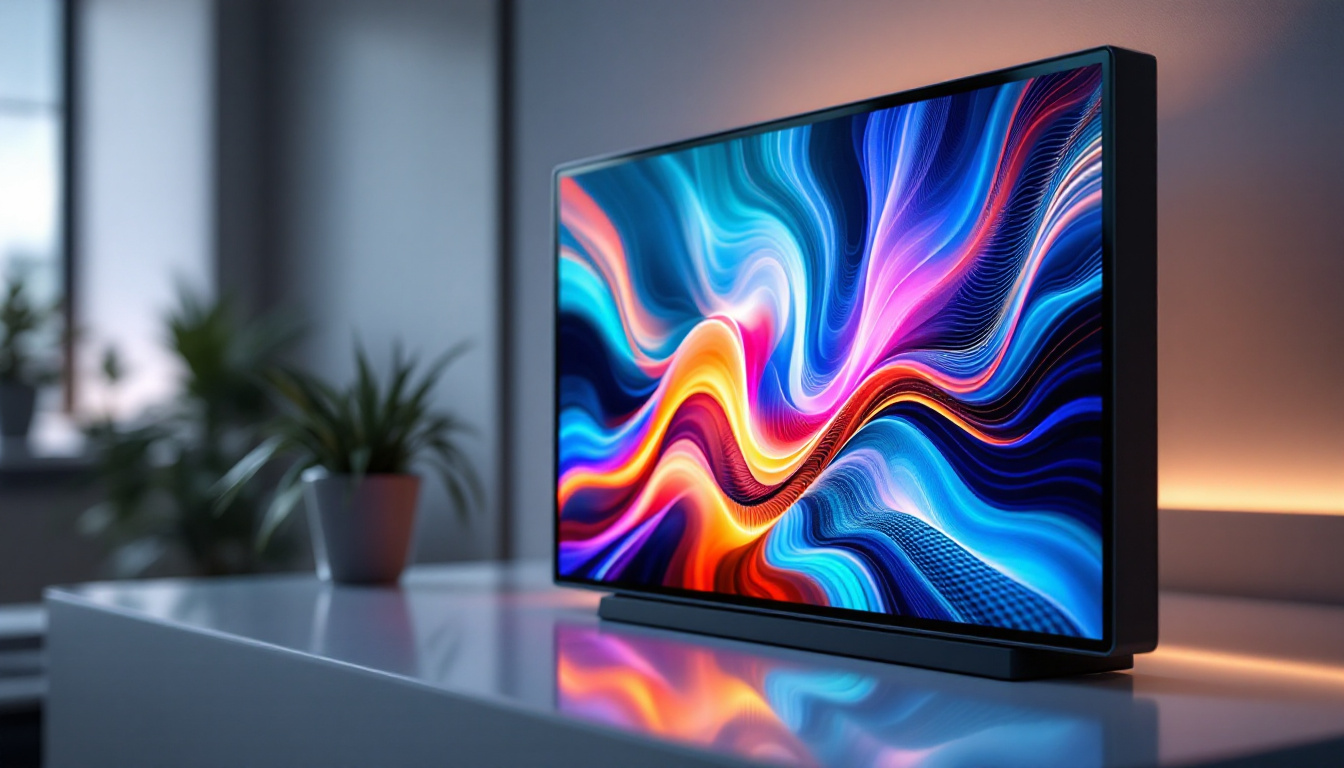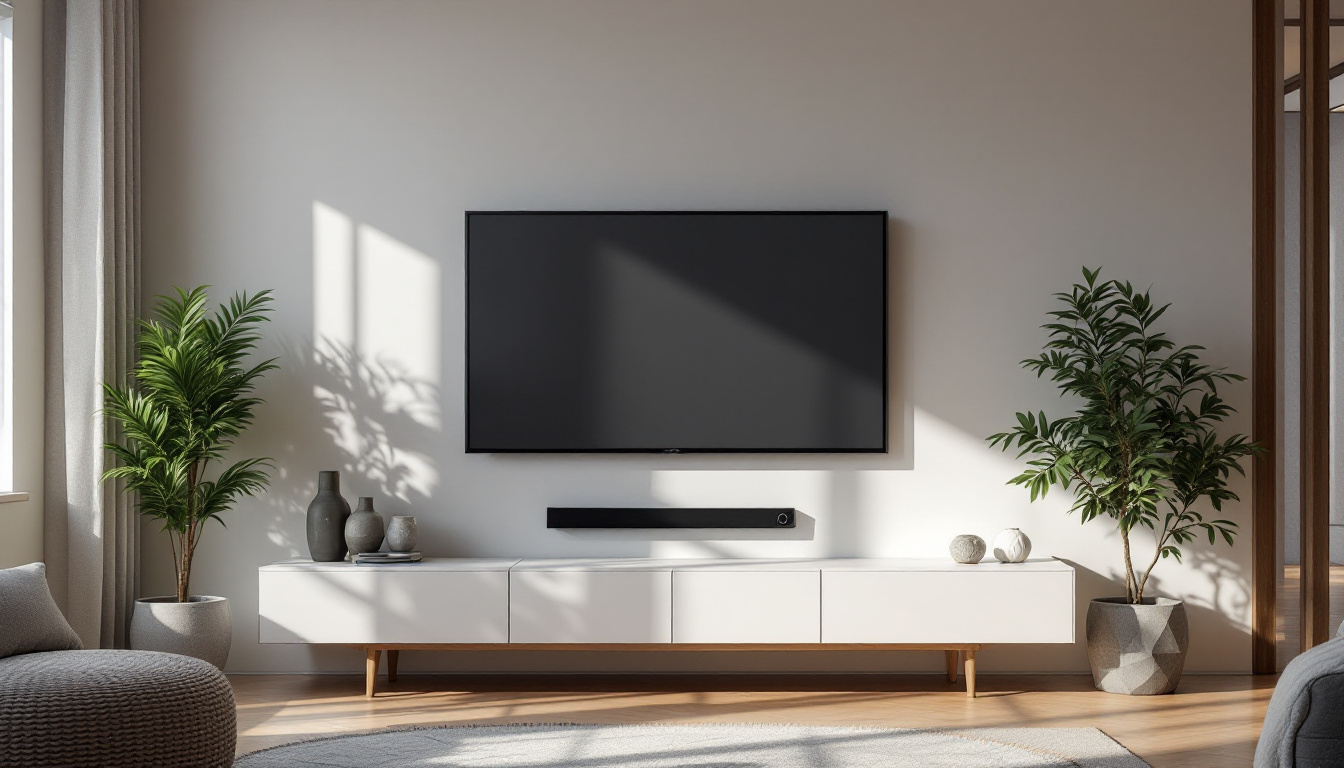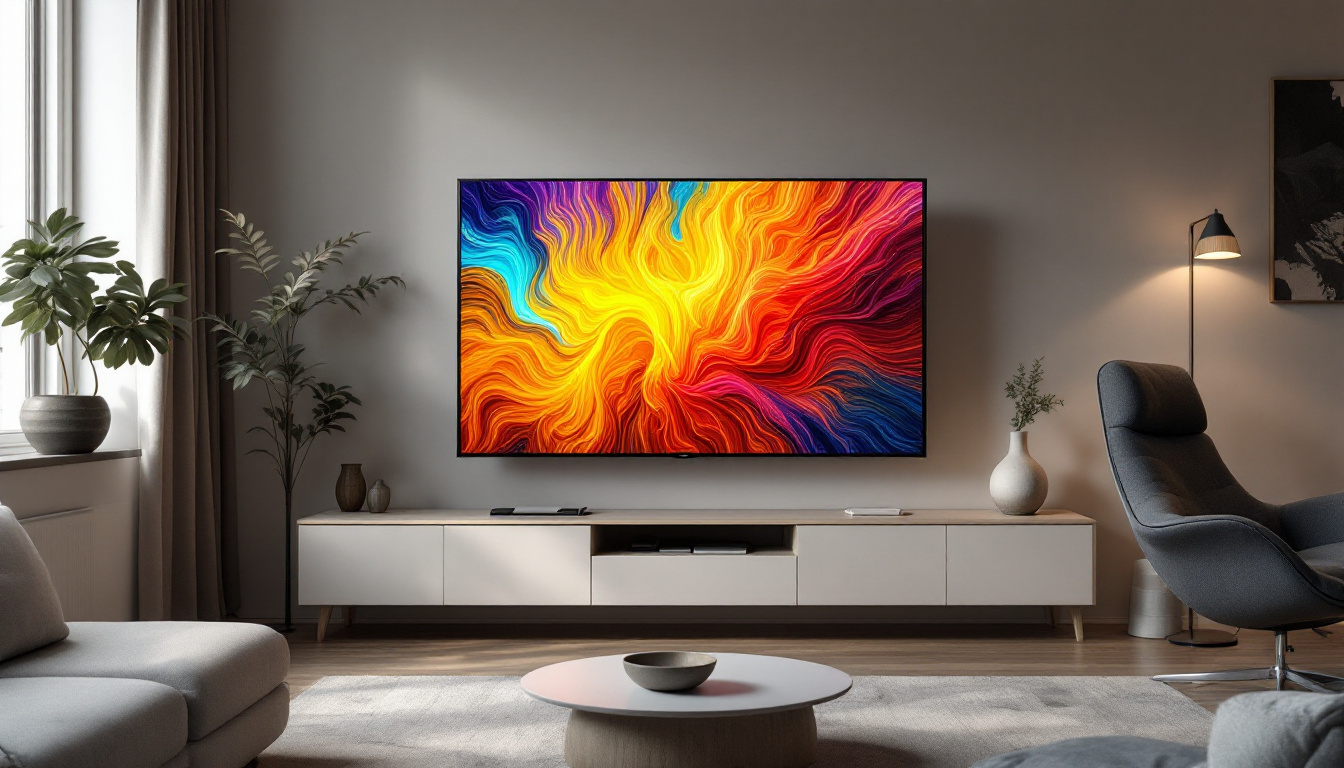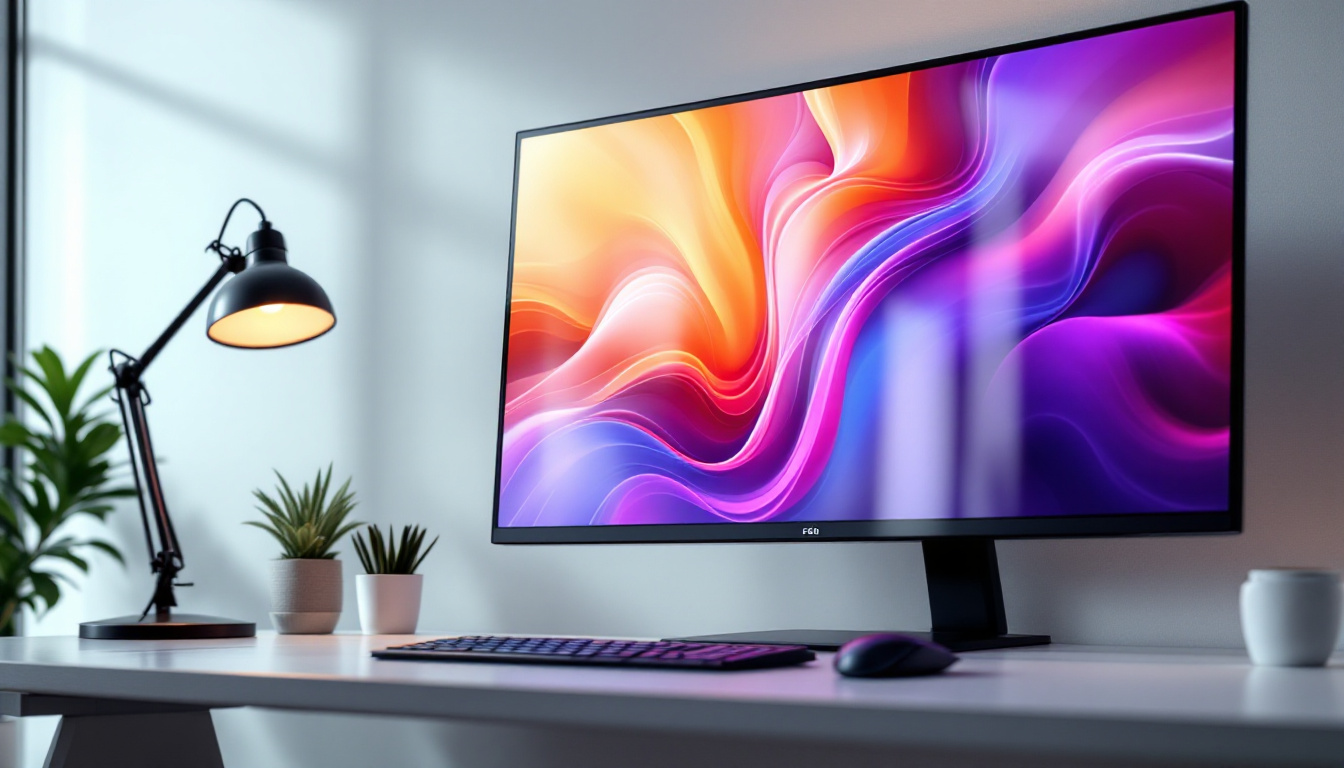In today’s fast-paced digital world, the importance of ergonomics and workspace efficiency cannot be overstated. The rise of remote work and flexible office environments has led to an increased focus on how we set up our workspaces. One of the most effective solutions for optimizing workspace ergonomics is the use of adjustable monitor arms, particularly for LED displays. This article delves into the benefits, features, and considerations of using adjustable monitor arms, especially in conjunction with LED displays.
Understanding Monitor Arms
Monitor arms are mechanical devices designed to hold computer monitors, allowing them to be adjusted in various ways. These arms can be mounted on desks, walls, or other surfaces, providing flexibility in positioning monitors to suit individual preferences and needs. The adjustable nature of these arms offers significant advantages in terms of ergonomics and workspace organization.
What is an Adjustable Monitor Arm?
An adjustable monitor arm is a mounting solution that enables users to reposition their monitors easily. These arms can typically be moved up, down, left, right, and even tilted or rotated, allowing for a customized viewing experience. This flexibility is particularly beneficial for those who spend long hours in front of a computer, as it helps reduce strain on the neck and eyes.
Most adjustable monitor arms are designed to accommodate various monitor sizes and weights, making them suitable for a range of setups. Whether used in a home office or a corporate environment, these arms can enhance comfort and productivity by allowing users to maintain an optimal viewing angle. Additionally, many models come equipped with integrated cable management systems, which help keep cords organized and out of sight, further contributing to a tidy workspace.
Benefits of Using Monitor Arms
The advantages of using adjustable monitor arms extend beyond mere aesthetics. Here are some key benefits:
- Improved Ergonomics: By allowing users to adjust the height and angle of their monitors, these arms help promote better posture and reduce the risk of musculoskeletal disorders.
- Increased Desk Space: Monitor arms free up valuable desk space by elevating monitors off the desk surface, providing more room for other essential items.
- Enhanced Aesthetics: A clean and organized workspace can lead to improved focus and productivity, and monitor arms contribute to a more streamlined appearance.
Moreover, the ability to position monitors at eye level can significantly enhance the user experience, particularly during long work sessions or while engaging in video calls. This adjustment not only aids in reducing fatigue but also encourages a more engaged and professional demeanor during virtual meetings. Furthermore, many modern adjustable monitor arms are designed with sleek, minimalist aesthetics that can complement various office styles, making them a popular choice for both home and professional environments.
In addition to their functional benefits, monitor arms can also support multi-monitor setups, which are increasingly common in today’s workspaces. By allowing users to position multiple screens at optimal angles, these arms facilitate multitasking and improve workflow efficiency. This is particularly advantageous for professionals in fields such as graphic design, programming, and finance, where simultaneous access to multiple data sources is essential. As remote work continues to rise, investing in quality monitor arms can be a game-changer for enhancing both comfort and productivity in any workspace.
LED Displays: A Preferred Choice
LED displays have become increasingly popular in both professional and personal settings due to their superior image quality, energy efficiency, and versatility. Understanding the features of LED monitors can help users make informed decisions when pairing them with adjustable monitor arms.
Advantages of LED Displays
LED (Light Emitting Diode) technology has revolutionized the way displays are designed and utilized. Some of the primary advantages of LED displays include:
- Vibrant Colors: LED displays offer a wide color gamut, providing rich and vibrant images that enhance the viewing experience.
- Energy Efficiency: Compared to traditional LCD monitors, LED displays consume less power, making them a more environmentally friendly option.
- Thin Profile: The slim design of LED monitors allows for a more modern and sleek appearance, perfect for contemporary workspaces.
Compatibility with Adjustable Monitor Arms
When selecting an adjustable monitor arm for an LED display, compatibility is a crucial factor to consider. Most monitor arms are designed to support a range of monitor sizes and weights, but it’s essential to check the specifications to ensure a proper fit.
Additionally, many adjustable monitor arms come with VESA mount compatibility, which is a standardized mounting interface for monitors. This feature ensures that users can easily attach their LED displays to the arm without any hassle.
Furthermore, adjustable monitor arms not only enhance ergonomics by allowing users to position their screens at eye level, reducing neck and back strain, but they also promote better organization of workspace. By freeing up desk space, users can create a more efficient and clutter-free environment, which can lead to increased productivity. Some advanced monitor arms even offer features such as integrated cable management systems, ensuring that wires are neatly tucked away, further contributing to a clean aesthetic.
In addition to ergonomic benefits, the flexibility provided by adjustable monitor arms allows for easy adjustments throughout the day. Whether a user needs to switch from sitting to standing or simply wants to reposition their monitor for a better viewing angle, these arms make it effortless. This adaptability is particularly beneficial in collaborative workspaces where multiple users may need to share the same monitor, allowing for quick adjustments to suit different preferences and tasks.
Choosing the Right Monitor Arm
With a plethora of options available in the market, selecting the right adjustable monitor arm can be a daunting task. Here are some key factors to consider when making a choice:
Weight Capacity
One of the first considerations should be the weight capacity of the monitor arm. Each arm is rated for a specific weight range, and exceeding this limit can lead to instability or damage. It’s advisable to check the weight of the LED display and compare it with the arm’s specifications to ensure a safe and secure fit. Additionally, it’s worth noting that some monitor arms are designed to accommodate multiple screens, which can be beneficial for professionals who require extensive screen real estate for multitasking. In such cases, understanding the combined weight of all monitors will be crucial in selecting an appropriate arm that can handle the load without compromising safety.
Adjustability Features
Different monitor arms offer varying levels of adjustability. Some may allow for height adjustment, while others may provide additional features like tilt, swivel, and rotation. Assessing personal preferences and workspace requirements will help in selecting an arm that meets specific needs. For instance, if you frequently switch between sitting and standing while working, an arm with extensive height adjustability can enhance comfort and ergonomics. Furthermore, features like cable management systems integrated into the arm can help maintain a tidy workspace, reducing clutter and distractions that can arise from tangled cables.
Mounting Options
Monitor arms can be mounted in several ways, including clamp mounts, grommet mounts, and wall mounts. The choice of mounting option will depend on the workspace setup and personal preferences. Clamp mounts are easy to install and remove, while wall mounts can save desk space but may require more effort during installation. Moreover, it’s important to consider the surface material and thickness of your desk when selecting a mounting option. For instance, grommet mounts may require a pre-drilled hole, which might not be feasible for all desks. Additionally, some monitor arms come with integrated features that allow for easy adjustments post-installation, ensuring that you can adapt your setup as your needs change over time.
Installation and Setup
Installing an adjustable monitor arm may seem intimidating, but with the right tools and instructions, it can be a straightforward process. Here’s a step-by-step guide to help with the installation:
Gather Necessary Tools
Before starting the installation, gather all necessary tools, which typically include a screwdriver, a level, and possibly a drill if using a wall mount. Most monitor arms come with installation kits that include brackets and screws.
Follow Manufacturer Instructions
Each monitor arm will come with specific installation instructions. It’s essential to follow these guidelines closely to ensure a secure and stable setup. Pay attention to the recommended height and positioning to achieve optimal ergonomics.
Adjust and Test
Once installed, adjust the monitor to the desired height and angle. It’s advisable to test the setup by sitting in the intended position and ensuring that the monitor is at eye level. This adjustment is crucial for reducing strain on the neck and eyes during prolonged use.
Maintaining Your Monitor Arm
To ensure the longevity and functionality of an adjustable monitor arm, regular maintenance is essential. Here are some tips for keeping the arm in top condition:
Regular Inspections
Periodically check the monitor arm for any signs of wear or damage. Inspect the joints and connections to ensure they are secure and functioning properly. If any issues are detected, address them promptly to avoid further damage.
Cleaning
Dust and debris can accumulate on monitor arms over time. Use a soft cloth to wipe down the arm and remove any buildup. Avoid using harsh chemicals that could damage the finish of the arm.
Adjusting Tension
Many adjustable monitor arms come with tension settings that can be adjusted to accommodate different monitor weights. If the monitor begins to sag or feels loose, it may be time to adjust the tension to ensure stability.
Conclusion
In conclusion, adjustable monitor arms paired with LED displays offer a myriad of benefits for enhancing workspace ergonomics and efficiency. By understanding the features, benefits, and considerations involved in selecting and using monitor arms, individuals can create a more comfortable and productive work environment.
As remote work and flexible office setups continue to evolve, investing in the right tools—such as adjustable monitor arms—becomes increasingly important. With the right setup, users can enjoy improved posture, increased desk space, and a more organized workspace, ultimately leading to enhanced productivity and well-being.
Whether for home or office use, adjustable monitor arms are a valuable addition to any workspace, making them a smart investment for anyone looking to optimize their work environment.
Explore LumenMatrix’s Innovative LED Display Solutions
Ready to elevate your workspace and enhance your visual experience? Discover the advanced LED display modules from LumenMatrix, a leader in LED display technology. Our comprehensive range of solutions, including Indoor and Outdoor LED Wall Displays, Vehicle LED Displays, and more, are designed to create immersive environments and communicate your message with unparalleled clarity. Don’t miss out on the opportunity to transform your space. Check out LumenMatrix LED Display Solutions today and step into the future of visual engagement.

